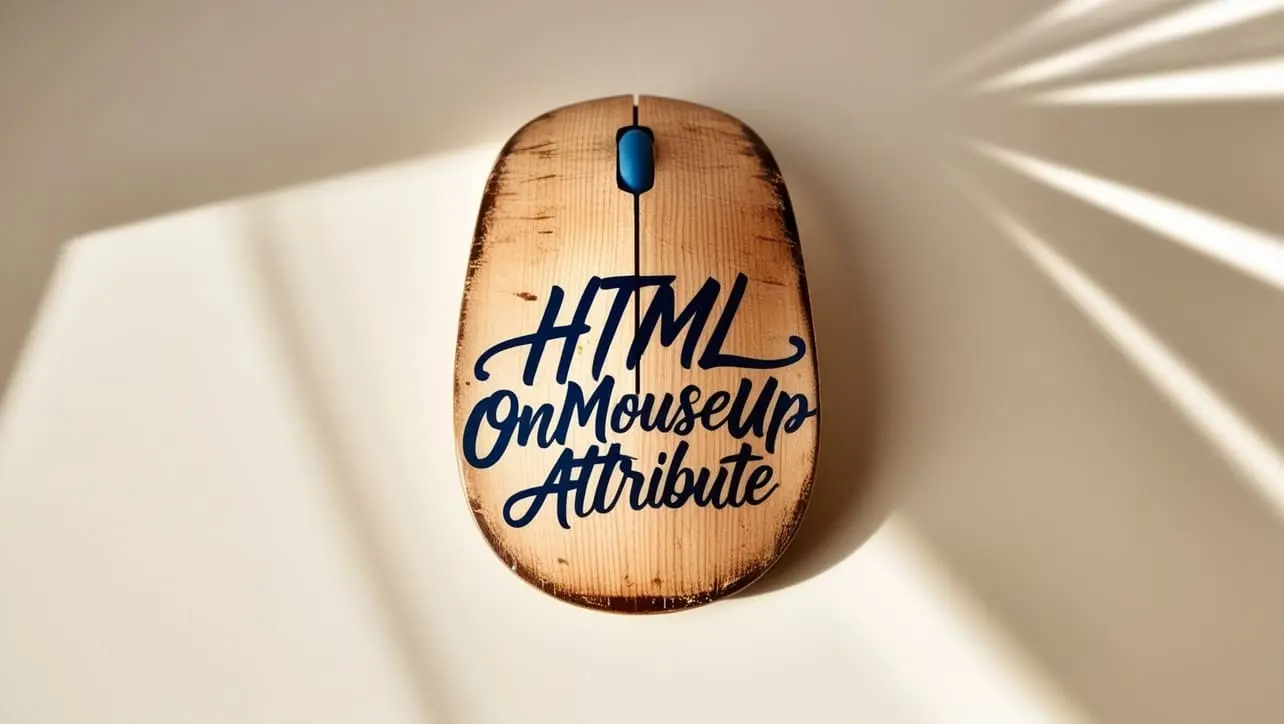
HTML Basic
HTML Reference
- HTML Tags
- HTML Deprecated Tags
- HTML Events
- HTML Attributes
- accept
- accept-charset
- accesskey
- action
- align
- alt
- as
- async
- autocomplete
- autofocus
- autoplay
- bgcolor
- border
- charset
- checked
- cite
- class
- color
- cols
- colspan
- content
- contenteditable
- controls
- coords
- data
- data-*
- datetime
- default
- defer
- dir
- dirname
- disabled
- download
- draggable
- enctype
- enterkeyhint
- for
- form
- formaction
- headers
- height
- hidden
- high
- href
- hreflang
- http-equiv
- id
- inert
- inputmode
- ismap
- kind
- label
- lang
- list
- loop
- low
- max
- maxlength
- media
- method
- min
- multiple
- muted
- name
- novalidate
- onabort
- onafterprint
- onbeforeprint
- onbeforeunload
- onblur
- oncanplay
- oncanplaythrough
- onchange
- onclick
- oncontextmenu
- oncopy
- oncuechange
- oncut
- ondblclick
- ondrag
- ondragend
- ondragenter
- ondragleave
- ondragover
- ondragstart
- ondrop
- ondurationchange
- onemptied
- onended
- onerror
- onfocus
- onhashchange
- oninput
- oninvalid
- onkeydown
- onkeypress
- onkeyup
- onload
- onloadeddata
- onloadedmetadata
- onloadstart
- onmousedown
- onmousemove
- onmouseout
- onmouseover
- onmouseup
- onmousewheel
- onoffline
- ononline
- onpagehide
- onpageshow
- onpaste
- onpause
- onplay
- onplaying
- onpopstate
- onprogress
- onratechange
- onreset
- onresize
- onscroll
- onsearch
- onseeked
- onseeking
- onselect
- onstalled
- onstorage
- onsubmit
- onsuspend
- ontimeupdate
- ontoggle
- onunload
- onvolumechange
- onwaiting
- onwheel
- open
- optimum
- pattern
- placeholder
- popover
- popovertarget
- popovertargetaction
- poster
- preload
- readonly
- rel
- required
- reversed
- rows
- rowspan
- sandbox
- scope
- selected
- shape
- size
- sizes
- span
- spellcheck
- src
- srcdoc
- srclang
- srcset
- start
- step
- style
- tabindex
- target
- title
- translate
- type
- usemap
- value
- width
- wrap
- HTML Global Attributes
- HTML Status Code
- HTML Language Code
- HTML Country Code
- HTML Charset
- MIME Types
HTML onmouseup Attribute

Photo Credit to CodeToFun
🙋 Introduction
The onmouseup attribute is a powerful tool in HTML that enables developers to define JavaScript code to be executed when a mouse button is released over an element.
This attribute is especially useful for creating interactive and responsive web pages where user actions trigger specific behaviors.
🎯 Purpose of onmouseup
The primary purpose of the onmouseup attribute is to specify a JavaScript function or code block that should be executed when the user releases a mouse button while the cursor is positioned over a particular element.
This allows developers to respond to mouse button release events and implement custom actions accordingly.
💎 Values
The onmouseup attribute accepts JavaScript code as its value. You can directly include the JavaScript code inline or reference an external function. Here's a basic example:
<button onmouseup="handleMouseUp()">Click me</button>🧠 How it Works
In this example, the handleMouseUp() function will be called when the mouse button is released over the button element.
📄 Example 1:
Let's take a look at a more comprehensive example of using the onmouseup attribute within an HTML document:
<!DOCTYPE html>
<html lang="en">
<head>
<meta charset="UTF-8">
<meta name="viewport" content="width=device-width, initial-scale=1.0">
<title>onmouseup Attribute Example</title>
<script>
function handleMouseUp() {
alert('Mouse button released!');
}
</script>
</head>
<body>
<h1>Mouse Up Event Example</h1>
<p>Click the button below, and an alert will be triggered when you release the mouse button:</p>
<button onmouseup="handleMouseUp()">Click me</button>
</body>
</html>🧠 How it Works
In this example, an alert will be displayed when the mouse button is released over the button element.
🔄 Dynamic Values with JavaScript
You can also dynamically assign functions to the onmouseup attribute using JavaScript.
This is beneficial when you want to alter event handling based on user interactions or specific conditions. Here's a quick example:
<script>
// Dynamically assign an event handler
document.getElementById("dynamicButton").onmouseup = function() {
alert('Mouse button released dynamically!');
};
</script>🧠 How it Works
In this script, the onmouseup attribute is dynamically assigned to an anonymous function for an element with the id "dynamicButton."
🏆 Best Practices
- Use the
onmouseupattribute when you need to capture and respond to mouse button release events for specific elements. - Keep the JavaScript code concise and focused on the intended functionality.
- Always test the behavior across different browsers to ensure compatibility.
🎉 Conclusion
The onmouseup attribute is a valuable tool for handling mouse button release events in HTML documents.
By incorporating this attribute into your web development projects, you can create more interactive and user-friendly experiences.
👨💻 Join our Community:
Author

For over eight years, I worked as a full-stack web developer. Now, I have chosen my profession as a full-time blogger at codetofun.com.
Buy me a coffee to make codetofun.com free for everyone.
Buy me a Coffee












If you have any doubts regarding this article (HTML onmouseup Attribute), please comment here. I will help you immediately.